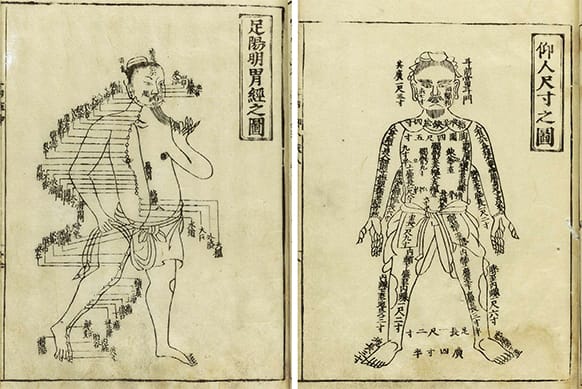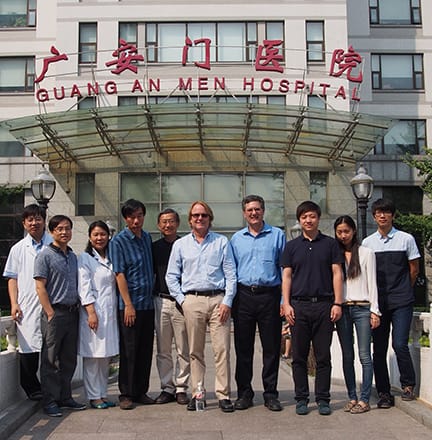Health IT and Traditional Chinese Medicine

Western medicine can be traced to the scientific rationalism of the ancient Greeks. Traditional Chinese medicine is rooted in the ancient philosophical concepts of Taoism. While these contrasting approaches to health have coexisted for centuries, the differences have tended to keep Eastern and Western practices worlds apart. This divide extends to the twenty-first century: information technology (IT) systems related to each practice are largely incompatible.
But an international team of faculty and students from CGU’s Center for Information Systems & Technology (CISAT) has launched a health IT study designed to address this problem.
A collaboration with Stanford University and the China Academy of Chinese Medical Sciences (CACMS), the study will create an internationally recognized “knowledge database” to improve the electronic integration of both traditional Chinese and Western medical approaches.
This will allow medical and health professionals and researchers from both cultures to understand each other’s data, analyze it to better inform practice, and create a more integrated understanding of health outcomes. It’s part of a global effort by the World Health Organization and others to develop universal standards for sharing health information.
The study is tied to CISAT’s Kay Center for E-Health Research and the Kay Visiting Interdisciplinary Professor (K-VIP) Program in Health Information Technology, both established with support from the Kay Family Foundation. The K-VIP program, established in 2012, is designed to promote research and training collaboration between the United States and China.
“The Kay Family Foundation has encouraged us to pursue this international collaboration, and we are delighted that our colleagues in China have provided matching financial support for the first phase of this very exciting and significant project,” said CISAT Director and Professor Tom Horan.
The team will consist of Horan, K-VIP Professor Yusheng He, and students Ziyun “Riki” Xu, Kun Liu, Au Vo, and Mia Plachkinova.
It was He who outlined the current study. According to his findings, China—the world’s most populous country—and its health IT must directly address traditional medicine as it represents 40 percent of health services in that country.

Traditional Chinese medicine considers the body as a whole—as opposed to an organ or limb— during treatment and utilizes a concept of opposing forces, or yin-yang. It is a roughly 5,000-year-old tradition that commonly employs acupuncture, use of herbal remedies, and mind-body practices.
CISAT is collaborating with Stanford’s Mark Musen and Samson Tu. Musen is director of Stanford’s Center for Biomedical Informatics, and Tu is its senior research scientist.
“We now have the opportunity to collaborate on this unique traditional medicine and health IT study,” Musen said.
The World Health Organization has called for greater “interoperability,” creating systems and that can work together to exchange and interpret shared data. This allows health organizations to work more effectively and advance the delivery of healthcare. WHO currently manages the International Classification of Diseases (ICD) system, a diagnostic tool to manage epidemiology, health management, and clinical information.
The study will create a way to structure health data related to traditional Chinese medicine so that it is congruent with the ICD system.
Horan and his team will work with CACMS, which is comprised of 17 hospitals and research centers and utilizes Western and Eastern practices.

“This collaboration will create a critical bridge in health IT between both our countries,” CACMS Vice President and study co-director Baoyan Liu said. “It will enable a rich tradition spanning thousands of years to fully integrate into modern practice and research around the world.”